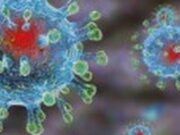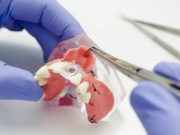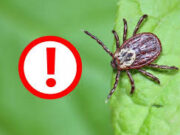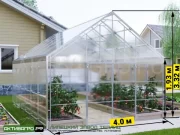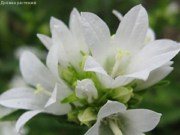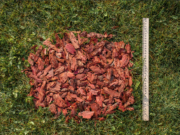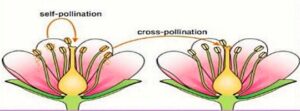Self-pollination:
Self-pollination can be defined as the type of pollination where the pollen from eh the same plant arrives at the stigma of the flower (in the flowering plant) or the ovule (in gymnosperms). Self-pollination is categorized into two types: In self-pollination, pollen is transferred to the stigma of a single flower; In geitonogamy, pollen is transferred from the anther of one flower to the stigma of another flower on the same flowering plant, or the microsporangium within a (single) gymnosperm to the ovule. In some plants, they have inbuilt mechanisms that make sure the autogamy, such as stamens that move to come in contact with the stigma or flowers that do not open (cleistogamy). The flower shop in houston also offers fresh flower subscription gift houston service and wedding flowers houston for events.
The term selfing is also applied to other types of self-pollination, which is used as a synonym is not just used for self-pollination.
Occurrence:
Some plants self-pollinate without the aid of pollen carriers (such as wind or insects). The mechanism is frequently observed in some legumes such as peanuts. In another follicle, the flowers open and shows the receptiveness to insect cross-pollination during the day, soybeans are an example of it. If it is not achieved, the flowers started self-pollinating as they are closing. There are many types of orchids, peas, sunflowers, and tridax, among other plants that can self-pollinate. The majority of the plants that perform the self-pollination have small, relatively inconspicuous flowers that release pollen directly onto the stigma, sometimes even before the bud opens.
During the production of pollinator attractants, Self-pollinated plants expend less energy and they can grow in areas where the types of animals or other insects that might visit them are absent or very scarce – as in at high elevations or in the Arctic. The variety of progeny gets restricted by the self-pollinating and may depress plant vigor. Although, there are some advantages of self-pollination, allowing plants to spread beyond the range of suitable pollinators or produce offspring in areas where pollinator populations are low or naturally variable. Pollination can also be achieved via cross-pollination. The term cross-pollination is used for the transfer of pollen from the anther to the stigma of flowers on individual plants by the wind or by animals such as insects and birds.







